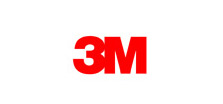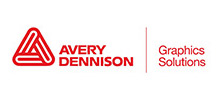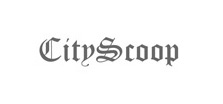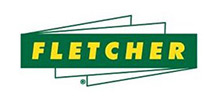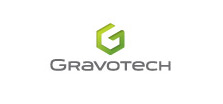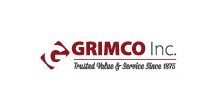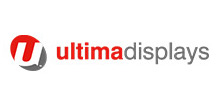A Complete Guide to Directional Signs
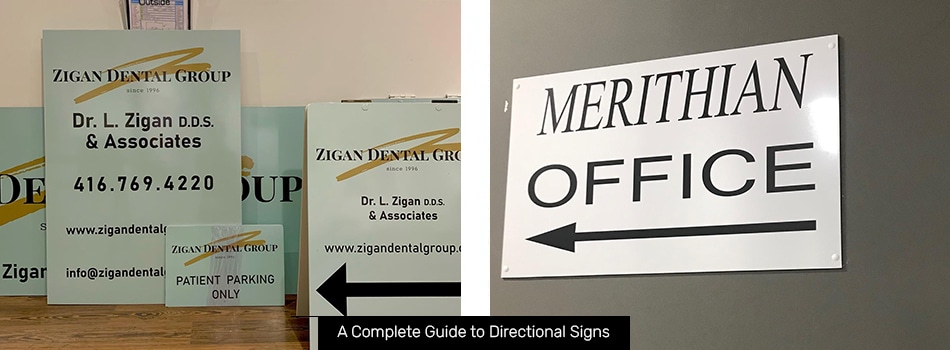
Directional signs are a key part of the infrastructure of many small businesses. Simple but indispensable, these modest signs show your customers and other guests how to get around the premises and ensure that they don’t wander into places that are dangerous or off-limits.
Just like any type of sign, directional signage must follow certain rules to work its magic. There are many fascinating nuances involved with using these signs properly. To help you understand it better, we’ve gathered 10 of the most compelling and useful pieces of information about directional signage.
10 Things to Consider When Putting Up Directional Signs
Design for Utility
Directional signs are utilitarian objects, and they must be designed with this in mind. A good directional sign is simple, clear, and almost impossible to misunderstand. Your signs should still stand out enough to catch people’s eye as they walk by, but they should not look flashy or attention-grabbing. The people who need them will know what to look for without additional embellishments. These extra decorations can actually make these signs harder to spot and interpret, working against their core purpose.
Use User-Friendly Language
The best directional signs can be read at a glance. Keep your message short (one or two words long if possible) and use simple words that even children would know. After all, they may be the ones using your signs to get around at some point! You should also avoid including any additional instructions on your signs – if more information is needed, place other signs in the appropriate areas to guide people to the right locations.
Maintain a Consistent Look
Directional signs ate supposed to work together to aid in navigation, which means that they must be easy to identify as part of a complete set. All directional signs used in one building should look more or less the same. Their design, colour, and position should all match whenever possible. This gives people who are looking for navigational clues an easy way to spot the next sign they need when making their way from place to place.
Use Progressive Disclosure
Directional signs can quickly become overwhelming to visitors when they include too much information about the building. Don’t bombard visitors with too many details at once – for example, someone who is on the first floor probably doesn’t need to know anything about what’s on the second floor until they get to the reception desk, elevator, or stairs. Reveal information slowly as it becomes relevant to the person’s journey through your business.
Enhance Your Customer Experience
You want your customers to have a good time when they visit your store, and directional signage plays a role in creating a good experience. Ask yourself some questions from your customers’ point of view. Where would they want to go? What parts of the store might they overlook without signs to point those places out? Which aspects of navigating your store might seem confusing to them without extra direction? Build your signage around these key needs, and your customers will walk away from your store feeling relaxed, happy, and eager to return in the future.
Take Advantage of Universal Semiotics
Semiotics is the study of symbols and their meanings. Research has determined that some symbols are universally understood regardless of language and culture. Take advantage of this phenomenon by using symbols for common amenities like parking, stairs, wheelchair accessibility, and first aid. This ensures that your most important directional signs will never be hindered by a language barrier.
Signs are a Marker of Quality and Professionalism
In many visitors’ eyes, the quality of the directional signs in your office reflects the quality of your business as a whole. It’s important to make a good impression with these discerning folks by getting the details right. Work with an experienced sign company to design and manufacture high-quality directional signage. Choose materials that will last and timeless styles that will still look good through any renovations your building undergoes. These signs will be on your walls for many years, so they are more than worth the investment.
Maps and Directories Help Too
Standalone signs are enough for many locations, but navigation gets a bit more complex in bigger spaces. Consider placing detailed maps or directories in a few key locations around your building, such as the reception desk. Be sure to include office directional signs that guide people to the map so that they know it exists and where to find it. This allows you to provide visitors with more information about how to get around without sacrificing the elegant simplicity of your other signs.
Reinforce Your Building’s Branding and Character
Even though directional signage should be relatively plain, you still have some freedom to dress them up. Bring your directional signs into line with your branding strategy by incorporating some of your typical colours, fonts, and other visual elements into their designs. Just a little embellishment can make a sign look sophisticated, clinical, elegant, fun, or whatever other aesthetic you are going for. This underscores these elements of your brand and makes your building feel more memorable to visitors.
Create Visual Pathways
Directional signs aren’t limited to conventional applications. You can also use floor graphics to create a clear path through your building. This is usually done by placing arrow graphics on the floor to point guests in the right direction, but the basic idea can be adapted to suit your business’ theming requirements too. For example, a toy store might use an extra-long sequence of hopscotch squares instead.
Get Outstanding Directional Signs for Your Business
Your business’ directional signs should follow all the guidelines listed above to maximize their utility. At The Sign & Graphics Manufaktur, we take pride in doing directional signage right. You can trust our team to design, manufacture, and install your directional sign order and make the process as simple as possible for you. Call us at 905-670-0797 to discuss your signage needs or get a quick and easy quote using our online form.
Back




